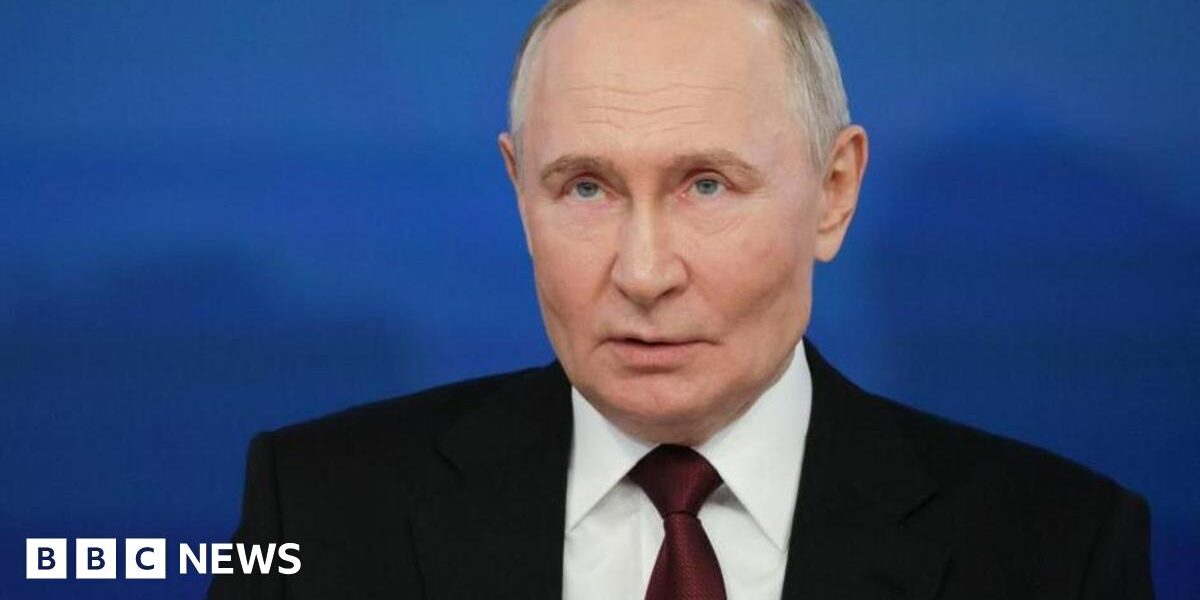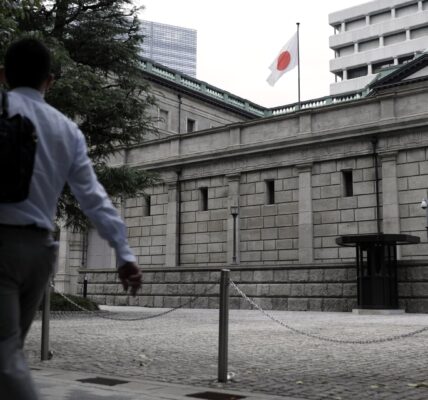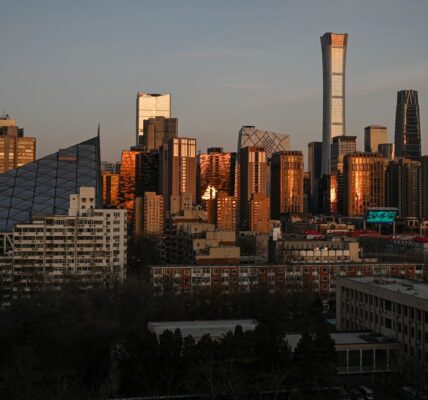He also talked up Russia’s construction projects in areas it has seized from Ukraine, claiming the standard of roads in the Ukrainian region of Luhansk had greatly improved since it was seized by Russia-backed forces in 2014.
When asked by an audience member if the West had “received the message” on Russia’s change to its nuclear doctrine, which Putin pushed through in November, he said “you’ll have to ask them.”
The new nuclear doctrine allows Russia to conduct a nuclear strike on any country, if it is backed by a nuclear power.
That means if Ukraine were to launch a large attack on Russia with conventional missiles, drones or aircraft, that could meet the criteria for a nuclear response, as could an attack on Belarus or any critical threat to Russia’s sovereignty.
Putin also emphasised the capabilities of Russia’s new intermediate-range ballistic missile, Oreshnik, which was used in a strike on Ukraine in November.
In order to test its power, he suggested Russia should fire the Oreshnik towards Ukraine, and Ukrainian air defence – using US-supplied systems – should try to bring it down.
As for the name “Oreshnik”? “Honestly,” Putin said with a smirk, “No idea. No clue.”
A dominant theme throughout the event was “Russian sovereignty”, with Putin claiming that less reliance on international partners – partly a result of Western sanctions – was one of the key achievements of his invasion of Ukraine.
He said the economy was “stable”, pointing to higher growth than countries like Germany, but admitted inflation of 9.1% was “alarming”.
In fact, the economy is overheating and highly reliant on military production – sometimes termed the “military industrial complex”.
Throughout the address, Putin also answered questions on domestic issues – from telephone scammers to young people’s struggles with getting a mortgage.





